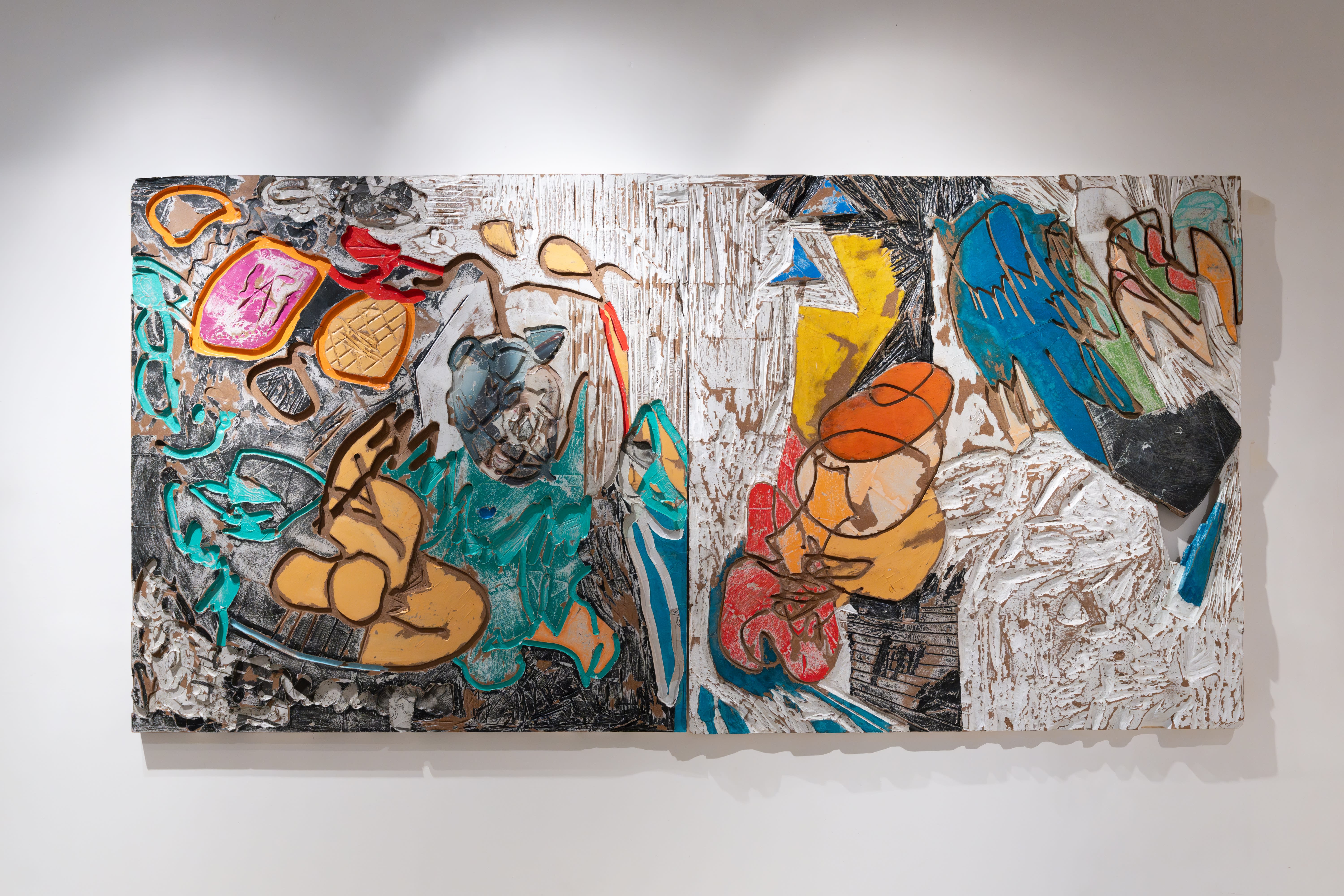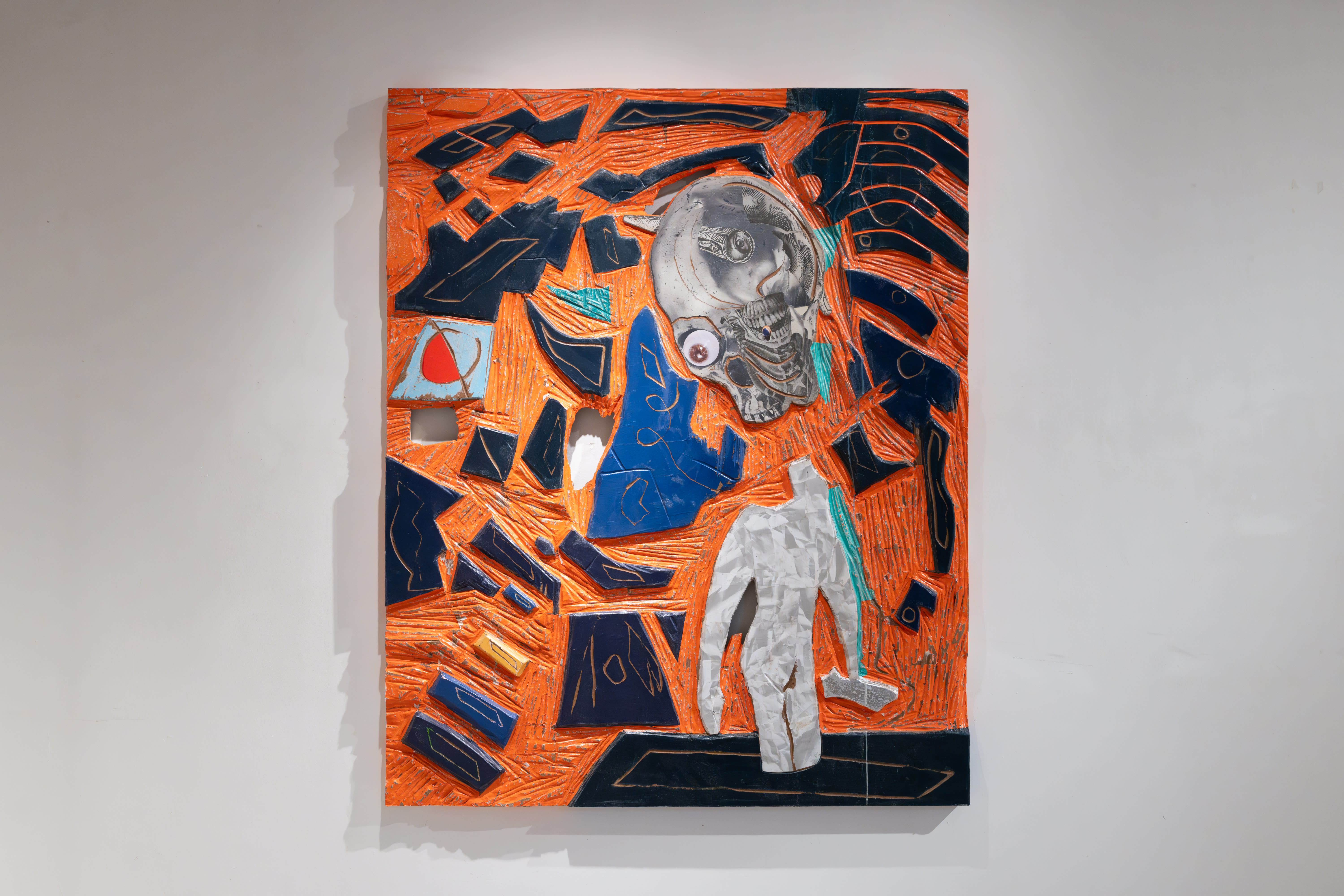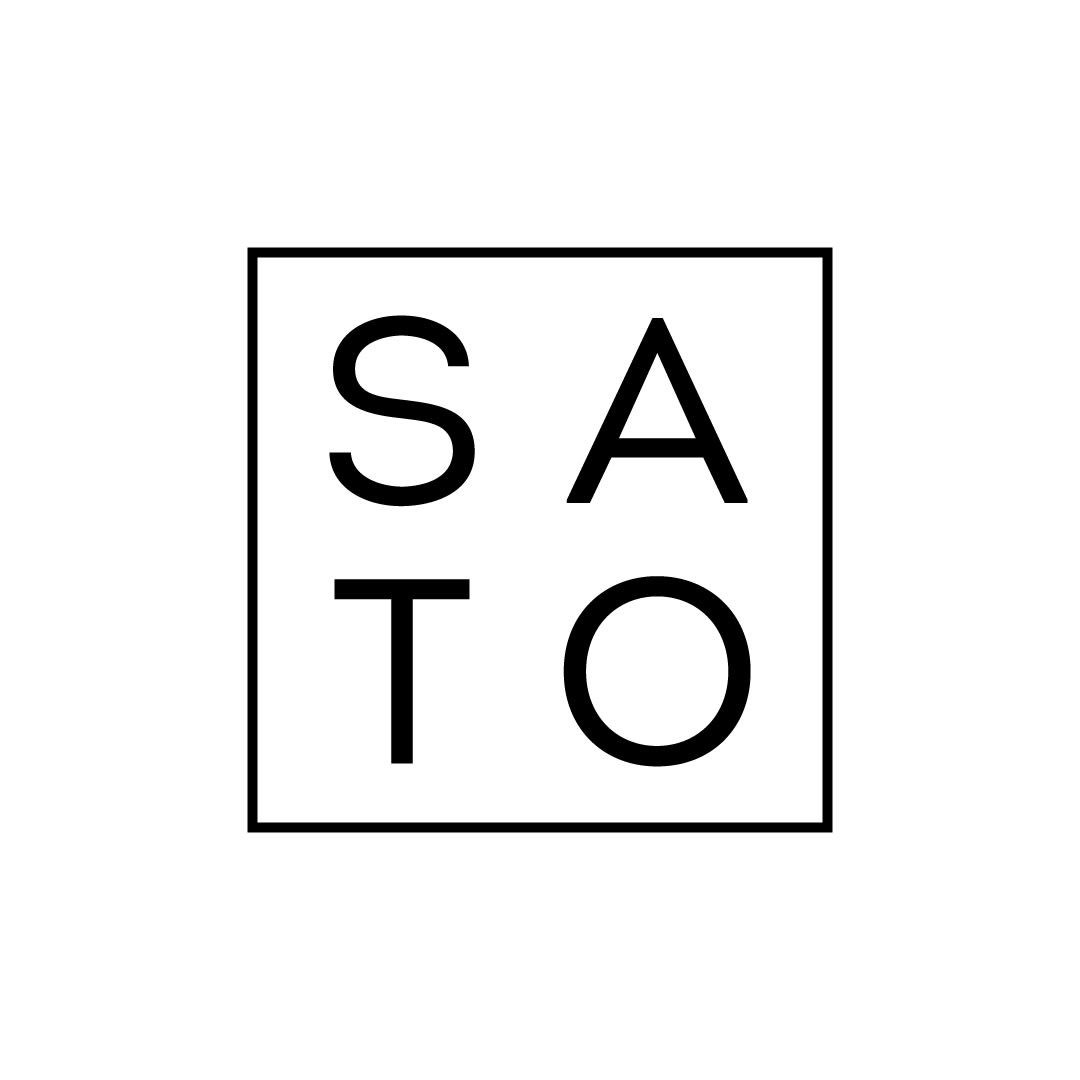
As a boy with a passion for soccer and fashion, Ichi Tashiro (1984) began cutting and pasting from the multitude of magazines he collected to organize them in a notebook. He combined fashion images from magazines with soccer balls in his head. This marked the beginning of his journey into the world of collage, which he described as a meditative process where he could immerse himself without distraction.
Driven by a strong desire to break free from his hometown of Matsuyama in Ehime Prefecture, Ichi ventured to New York at the age of 19. His life as an artist began by selling his works on the streets.
After experiencing three months of life on the streets, he emerged from what he describes as "rock bottom." He returned to Japan and later moved to Hong Kong. Now his home base is Paris.
In each place he goes, he engages deeply with his surroundings, fully immersing himself. Through this process, he gains unique perspectives and experiences that shape his work. That's why his art is always vibrant and true.
For many years, Ichi created collage works by cutting and pasting newspapers and magazines. However, in recent years, his artistic style has undergone a significant transformation. He has adopted a technique that combines sculpture with collage. He carves wooden panels and then applies materials such as origami, colored paper, and newspaper clippings, resulting in a visual presentation that resembles a painted canvas. His art is undoubtedly a collage, even though it gives the impression of being painted. In his creative process, he doesn't rely on meticulous planning beforehand. Instead, he relies on spontaneous responses and creativity during a dialogue with the piece of work. This approach leads to the creation of pieces that exceed the limits of his imagination, resulting in unexpected expressions. The delicate balance between boldness and subtlety manifests itself on the canvas. Amidst the realm of sculpture and collage, where material plays a pivotal role, Ichi's works are born from the theme of expressing his own emotions, just as one would paint portraits of people without tangible forms.
As an artist who approaches his work with a childlike perspective, Ichi naturally takes an interest in life and existence itself.
Starting on October 23rd, his latest creations will be previewed at Sato Gallery. We took the opportunity to ask him about his thoughts on his works and his outlook on life.

(Exhibition Les Yeux Femes, Paris 2023)
AN: Did your values and perceptions change as you moved to New York, Hong Kong, and Paris, traveling all over the world?
IT: During my first experience in New York, there was artistic expansion, but above all, I experienced personal growth. When I started selling my art on the streets, I was initially arrogant because I was confident in my work. However, I didn't receive much attention, and my lack of sales left me discouraged. I had a three-month ticket to stay, but I had no money, so I had to live outside and couldn't even afford food. I wondered what I was doing and tears welled up. To prevent myself from crying, I looked up at the sky, and that actually made me smile. So, I decided to switch to a cheerful attitude. Surprisingly, that change led people to start looking at my work. It made me realize that a smile is the most important thing. It was a moment when I went from 0 to 1.
In Hong Kong, I learned about the relationship between art and finance. I moved there in 2018 when Art Basel Hong Kong began. I realized that art and finance are inseparable, and art can take root in a financial city.
Regarding Europe, I choose to live in France because of its rich culture. The aspect of life in France that appeals to me the most is its adversity compared to Japan. The struggles of life in France have a unique charm that's hard to describe. As an artist, I seek a certain level of adversity. I come from an ordinary family in the countryside and didn't attend an art school. I may have climbed from zero to a point where I can make a living because I have had various experiences in different places.
"As an artist, I seek a certain level of adversity. I come from an ordinary family in the countryside and didn't attend an art school. I may have climbed from zero to a point where I can make a living because I have had various experiences in different places."
AN: Has your move to France influenced your recent change in artistic style?
IT: No, my artistic style is influenced less by the places I live and more by the people I meet. The person who has influenced me the most is probably a woman. I am now 39 years old, and I have never grown tired of the style I have been practicing since childhood. In fact, I have always been excited about it and thought I would continue doing it until the day I die. However, I changed after meeting someone. It was the passion and love to express that person's emotional wounds (trauma) in my art. I thought it would be beautiful to carve countless emotional wounds as if they were scars on the skin with sculpture, and regenerate them with the colors of collage.
I carve wooden panels, paste origami on them, and then apply paper. Even though it appears as if I'm painting, I'm pasting. I have been told that collage is just about pasting things, but now I can say that painting is merely about applying paint. Collage is very time-consuming, and as a result of practicing it for many years, I have discovered a remarkable technique. I believe that I can shake up the world of collage. It's not just about pasting.

(Exhibition Les Yeux Femes, Paris 2023)
AN: What kind of work are you presenting at Sato Gallery this time?
IT: I will be presenting a work that measures 1.5x3 meters. To be honest, big works don't sell, so I couldn't create them at other galleries. I apologize to Sato Gallery, but for me, this work transcends the concepts of selling or not selling. It represents a new direction and something that nobody has ever done before, so I have a strong desire to showcase it. Until now, the equation was always "Art equals Art Basel," "Art equals Venice Biennale," "Art equals art auctions," and so on. But as soon as I started creating this piece, it transformed into "Art equals harmony with space." I want to create works that blend beautifully with the space. It might be one of the joys of life in the future. How well can I create something that harmonizes with the space? So, I believe this work is small because 3 meters is small. Big works don't sell, and it may appear futile, but when you actually see it, it should make you go "Wow!" I just want to impress people. I'm really happy to have the opportunity to do that.
I have been told that collage is just about pasting things, but now I can say that painting is merely about applying paint.
AN: What thoughts are you conveying with this work?
IT: Given the various global challenges such as COVID, wars, rising fuel prices, and a weakening yen, people are becoming tired, right? They just want a breath of fresh air. In such times, I don't think people want to see artwork with sharp edges; instead, they need something bright and presented in a new way. That's why I've used vibrant colors.
The title of the piece is "Les yeux fermés" (Closed Eyes). It represents the world that unfolds when one closes their eyes. It's about not fearing the darkness but enjoying the world that appears in the dark. It's not only about what you see with your eyes but also about the world within your heart. I believe the inner world is like a universe, and this artwork reflects that, with numerous emotional wounds on display, regenerated like scabs.
AN: Do you plan to keep changing your base in the future?
IT: Life is better when it's rich, and it would be great if I could convey that idea. I believe it requires a certain level of comfort, and France offers that. Laughing and having a good time is more enjoyable, isn't it?

(Ichi working in Paris in 2017)

(Collage on rice paper 2017)

(Collage on rice paper 2017)

